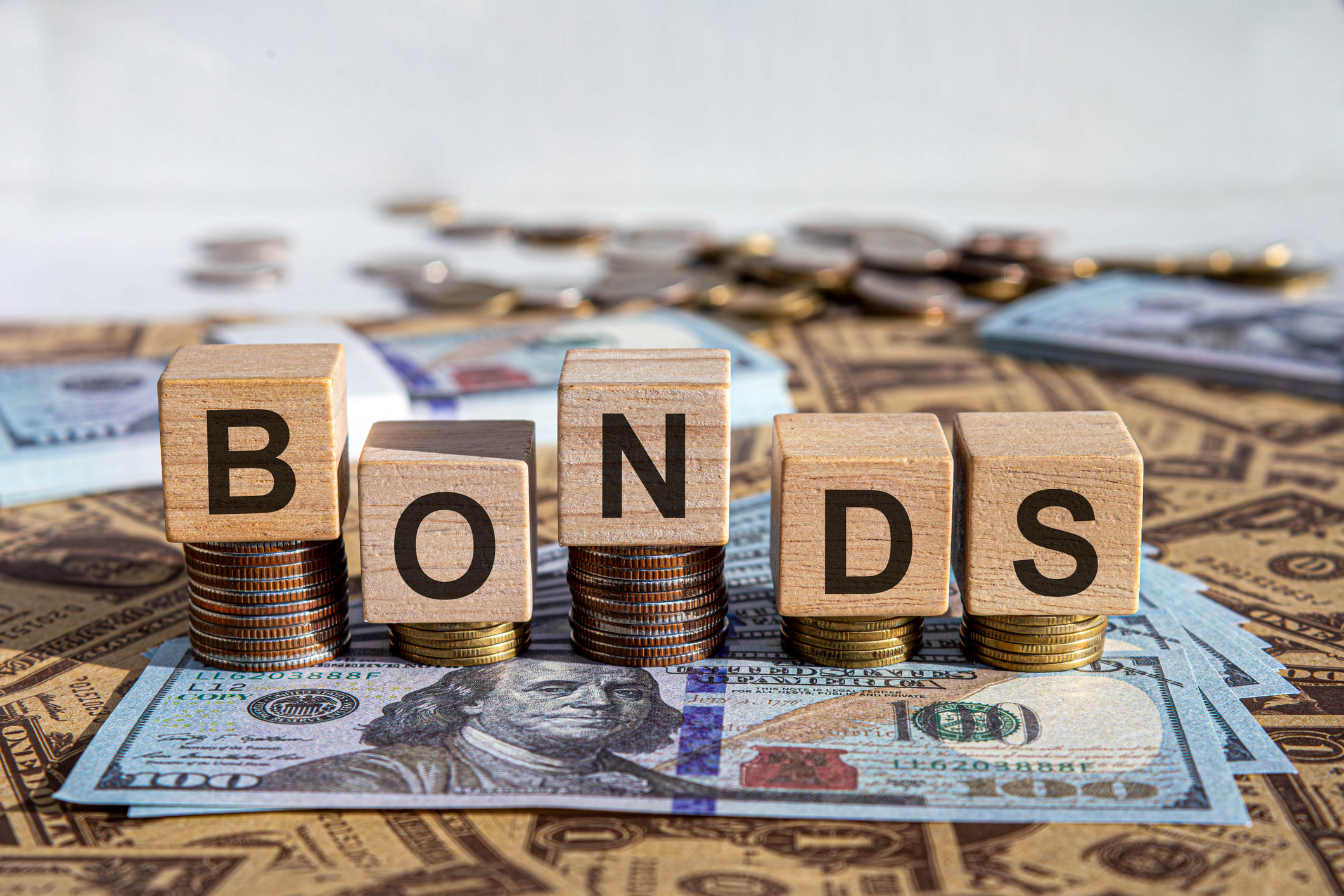All You Need to Know About Saving for Emergencies
Building an emergency fund may be your most important financial goal. Understand why you need it, how much you should save and where to invest the savings.

At the end of 2015, a Bankrate.com survey showed that only 37% of respondents would be able to pay for an unexpected expense with their savings. According to a CNBC article, that equates to about 66 million Americans with no emergency savings. These numbers are indeed very troubling!
Where do you stand in this equation? Are you part of the minority who have saved enough? If you are, well done! If you are part of majority, here are some things for you to consider.
What constitutes an emergency?
Let's look at some real-life examples of what could lead someone into an emergency financial situation.
From just $107.88 $24.99 for Kiplinger Personal Finance
Become a smarter, better informed investor. Subscribe from just $107.88 $24.99, plus get up to 4 Special Issues

Sign up for Kiplinger’s Free Newsletters
Profit and prosper with the best of expert advice on investing, taxes, retirement, personal finance and more - straight to your e-mail.
Profit and prosper with the best of expert advice - straight to your e-mail.
An unexpected car expense.
My son was in a car accident recently. It was a hit and run. He was not hurt (thank God), but his new car was damaged. Insurance could not pay him from the uninsured pool because there were no witnesses and no police report. The rental car he needed while his car was being repaired was partially covered—for $30 a day—but ultimately, he still had to pay about $500 out of pocket for it. He also had to cough up the $1,000 deductible. And none of this was his fault. Luckily, he did have emergency savings and could put the funds to good use.
Losing your job.
This is, in fact, the most cited reason for the rainy-day fund—for good reason. For many of us, our day-to-day job is our primary income source. Losing it would likely cut into our ability to pay the bills. We may need some time to find a new job. And we need reserves to feed us in the meantime.
A major medical expense.
This expense does not come with a notice, and you must be prepared all the time. You may be thinking, "Well, I am covered by health insurance. I do not need to worry." But what about deductibles? What about co-payments? These out-of-pocket expenses quickly add up and could put a significant dent into your savings if you are not ready!
A sudden death in the family.
This situation is already hard to manage emotionally. You cannot afford to make it harder for yourself by not being ready to cover the expenses caused by such event. Once again, I could relate this to a recent personal story: My mother passed away, and my wife and I had to travel 10,000 miles on a day's notice. We spent exorbitant prices for the flights. Also, we had to contribute significantly to the funeral costs. That was a lot of money, and I am glad I was prepared—financially speaking. I can tell you confidently that I could not have managed this well if I had not saved enough in my emergency fund!
How much should you save?
I am sure you've heard this before: The general rule of thumb for how much to save in your emergency fund is a minimum of three to six months' worth of living expenses. The thinking is you would need three to six months to recover if your income stops.
But how much you save is not a one-size-fits-all situation. Would following this rule be enough for you? Does it give you enough for a rainy day? If you want to be conservative and play it safer, there is nothing wrong with keeping a year's worth of expenses in liquid reserves.
Translating this into numbers, if your monthly living expenses are $2,000, you would need anywhere between $6,000 and $12,000 saved for emergencies. If you require more of a cushion to be comfortable, you could go up to $24,000 in readily available savings.
Where to save?
Your emergency fund is expected to be liquid and easily accessible to you when you need it. For this reason, many suggest checking or savings accounts or certificates of deposit as ideal investing vehicles for this purpose. However, there are two caveats with such an arrangement:
- Your returns could be low, generating negative returns if you consider inflation.
- Whatever yield you do get, you are expected to pay taxes on them.
So, what do you do? What are your other options? Here is a great one: if you are eligible, contribute to Roth IRA and consider the contributed amount as your emergency fund.
For example, say you contributed $5,500 each year for the last three years to your Roth IRA. Any withdrawals up to $16,500 would incur no taxes or penalties. It is important to note that the tax-free, penalty-free rule applies only to the contributions, not to the earnings generated from the investment.
The advantage of this arrangement is threefold:
- Roth contributions are available in emergencies.
- Roth investments could produce more than mediocre returns.
- The growth is not taxable as long as you follow the Roth rules.
So, what do you think? Do you have funds put away to cover for the unexpected? If not, now is the time to act. Good luck!
Vid Ponnapalli is the founder and president of Unique Financial Advisors. He provides customized financial planning and investment management solutions for young families with children and for professionals who are approaching retirement. He is a Certified Financial Planner™ with an M.S. in Personal Financial Planning.
Profit and prosper with the best of Kiplinger's advice on investing, taxes, retirement, personal finance and much more. Delivered daily. Enter your email in the box and click Sign Me Up.

-
 Changes Are Coming for This Invesco Bond Fund
Changes Are Coming for This Invesco Bond FundThe Invesco BulletShares 2026 Corporate Bond ETF's bonds will mature in 2026. Here's what investors should do.
-
 What Science Reveals About Money and a Happy Retirement
What Science Reveals About Money and a Happy RetirementWhether you’re still planning or already retired, these research-based insights point the way to your best post-work life.
-
 7 Retirement Planning Trends: What They Mean for You in 2026
7 Retirement Planning Trends: What They Mean for You in 2026From government shutdowns to market swings, the past 12 months have been nothing if not eventful. The key trends can help you improve your own financial plan.
-
 Introducing Your CD's Edgier Cousin: The Market-Linked CD
Introducing Your CD's Edgier Cousin: The Market-Linked CDTraditional CDs are a safe option for savers, but they don't always beat inflation. Should you try their counterparts, market-linked CDs, for better returns?
-
 How to Protect Yourself and Others From a Troubled Adult Child: A Lesson from Real Life
How to Protect Yourself and Others From a Troubled Adult Child: A Lesson from Real LifeThis case of a violent adult son whose parents are in denial is an example of the extreme risks some parents face if they neglect essential safety precautions.
-
 A Financial Planner Takes a Deep Dive Into How Charitable Trusts Benefit You and Your Favorite Charities
A Financial Planner Takes a Deep Dive Into How Charitable Trusts Benefit You and Your Favorite CharitiesThese dual-purpose tools let affluent families combine philanthropic goals with advanced tax planning to generate income, reduce estate taxes and preserve wealth.
-
 How Financial Advisers Can Best Help Widowed and Divorced Women
How Financial Advisers Can Best Help Widowed and Divorced WomenApproaching conversations with empathy and compassion is key to helping them find clarity and confidence and take control of their financial futures.
-
 4 Financial To-Dos to Finish 2025 Strong and Start 2026 on Solid Ground
4 Financial To-Dos to Finish 2025 Strong and Start 2026 on Solid GroundDon't overlook these important year-end check-ins. Missed opportunities and avoidable mistakes could end up costing you if you're not paying attention.
-
 I'm an Insurance Pro: It's Time to Prepare for Natural Disasters Like They Could Happen to You
I'm an Insurance Pro: It's Time to Prepare for Natural Disasters Like They Could Happen to YouYou can no longer have the mindset that "that won't happen here." Because it absolutely could. As we head into 2026, consider making a disaster plan.
-
 The Future of Philanthropy Is Female: How Women Will Lead a New Era in Charitable Giving
The Future of Philanthropy Is Female: How Women Will Lead a New Era in Charitable GivingWomen will soon be in charge of trillions in charitable capital, through divorce, inheritance and their own investments. Here's how to use your share for good.
-
 5 Smart Things to Do With Your Year-End Bonus, From a Financial Professional
5 Smart Things to Do With Your Year-End Bonus, From a Financial ProfessionalAfter you indulge your urge to splurge on a treat, consider doing adult things with the extra cash, like paying down debt, but also setting up a "fun fund."